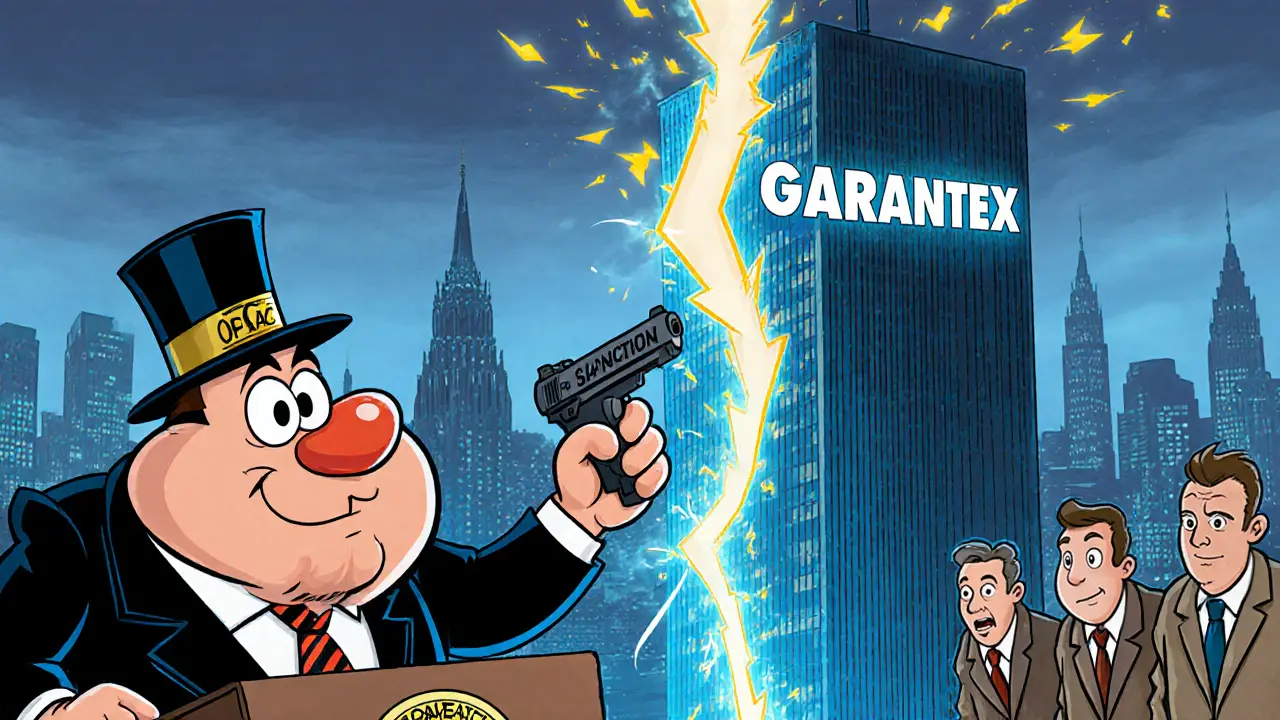USDT (Tether) – Stablecoin Guide and Latest Insights
When you see USDT, a fiat‑pegged stablecoin issued by Tether Ltd. Also known as Tether, it aims to keep a 1:1 value with the US dollar., you’re dealing with a stablecoin, a token designed to maintain a stable value against a reference asset. Stablecoins like USDT are built on the premise that reserves back each token, so the price stays near the peg. The token lives on many blockchains – Ethereum, Tron, Solana – which means you can move it quickly across crypto exchange, platforms where users trade digital assets like USDT. That’s why traders treat USDT as cash on the blockchain: it’s fast, cheap, and widely accepted for buying other coins, providing liquidity, or moving money between exchanges without converting back to fiat.
Because USDT is used for billions in daily volume, regulators keep a close eye on it. The token’s issuer must publish attestations that reserve assets – cash, short‑term Treasuries, or other crypto – match the outstanding supply. If the reserves ever fall short, the peg could wobble, triggering chain reactions on DeFi platforms that rely on USDT for lending or stable yields. From an AML perspective, exchanges need to screen USDT transactions for suspicious patterns, especially when users move large amounts across borders. That’s why many compliance guides, like the one on navigating crypto trading in restricted countries, stress KYC on USDT trades to stay on the right side of the law.
Why USDT matters for traders, developers, and investors
For a day trader, USDT is the most convenient way to lock in profits without pulling money into a bank. You can sell a volatile asset, grab USDT, and re‑enter the market in seconds. For a DeFi developer, USDT serves as the base layer for stable liquidity pools, flash loans, and yield farms. Its broad adoption means most protocols already support it, so you don’t have to write custom bridge code. Investors also watch USDT news because any change in the reserve composition or legal status can affect market confidence. When a major exchange like Binance.US or Huobi Argentina updates its USDT fee structure, you’ll see immediate shifts in trading pairs and arbitrage opportunities.
All of this makes USDT a hot topic across the articles on DAO Peak. Below you’ll find deep dives into exchange reviews, compliance checklists, airdrop alerts, and technical breakdowns that all touch on how USDT fits into the larger crypto ecosystem. Whether you’re looking for the latest fee comparison on Binance TH, a step‑by‑step guide to claim a new airdrop, or a practical take on AML rules for USDT trades, the collection below has you covered. Let’s jump into the posts and see how USDT shapes each of those stories.

